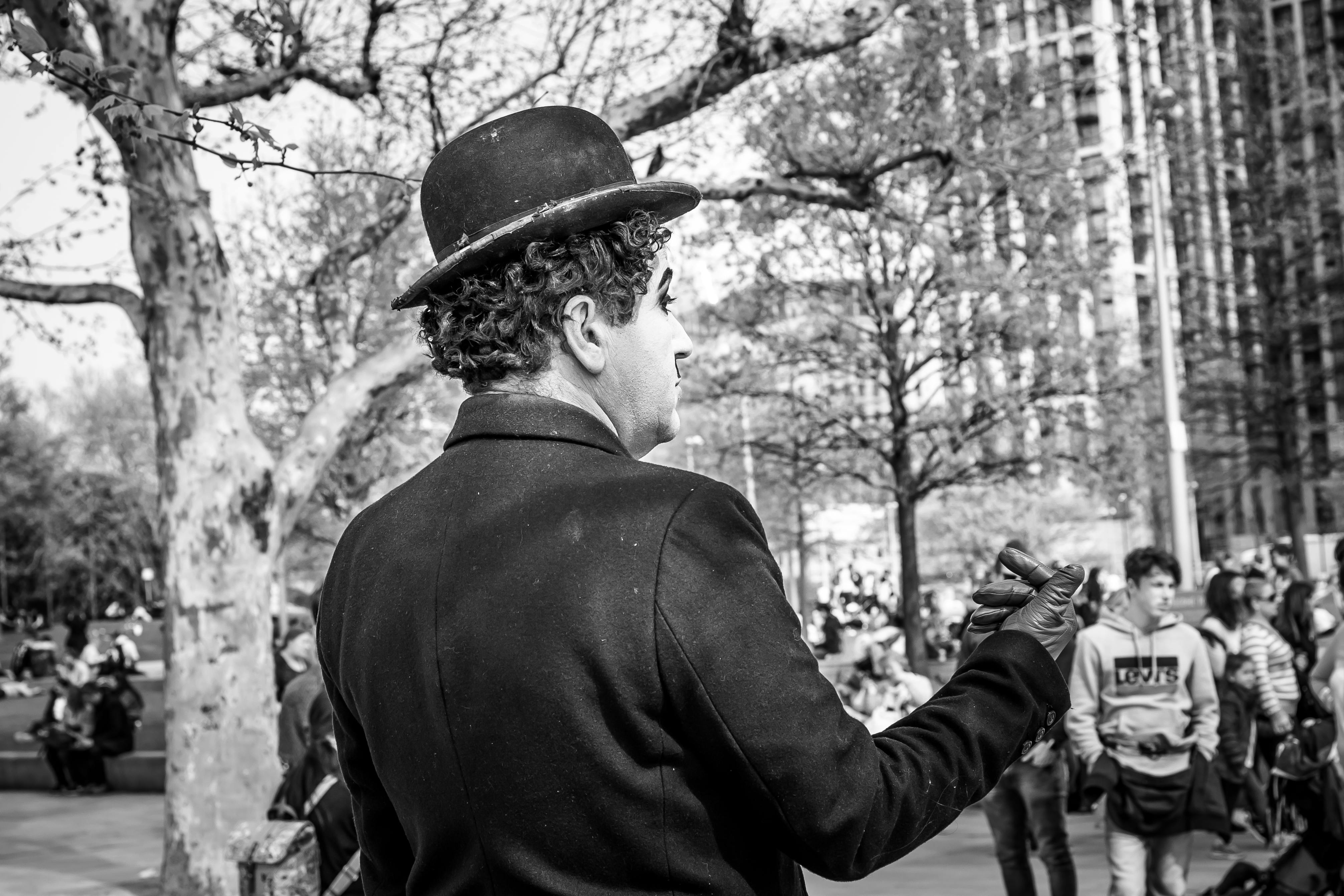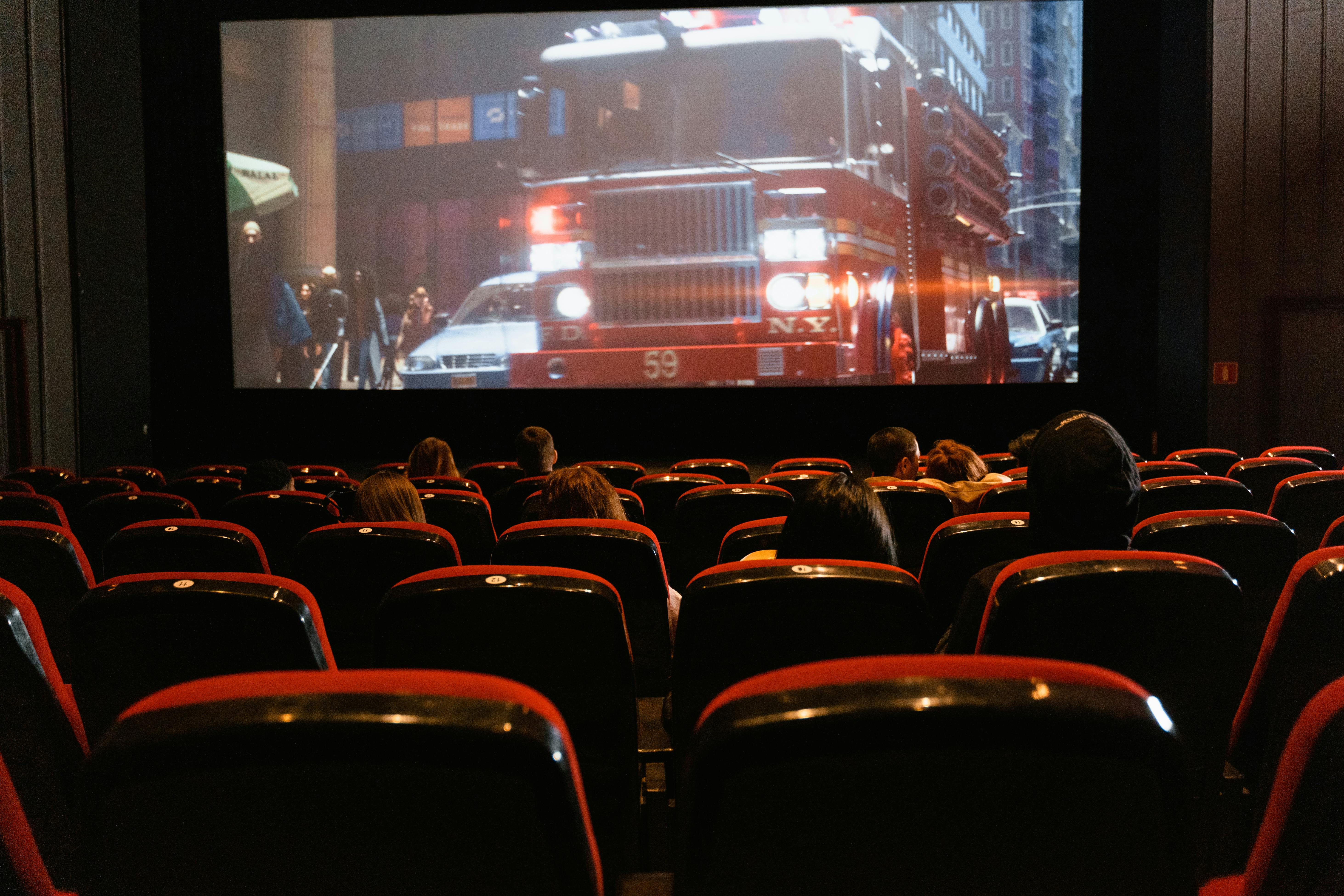what is a live action movie
The phrase “live-action movie” conjures up a world of vibrant visuals, gripping narratives, and actors bringing characters to life on the big screen. But have you ever stopped to wonder what exactly defines a live-action movie? In this article, we’ll dive into the captivating realm of live-action filmmaking, exploring its essence, history, and unique characteristics.
What Sets Live-Action Apart?
At its core, a live-action movie is a cinematic work crafted using real-world elements. Actors physically embody characters, sets and props materialize tangible environments, and the camera captures everything as it unfolds, frame by frame. This stands in contrast to animation, where characters and worlds are created entirely through artistic techniques like drawing, CGI, or stop-motion animation.

Live-action films offer a distinct sense of realism and tangibility. We see actors sweat, breathe, and react in real-time, immersing us in the emotions and physicality of their performances. The sets and props feel palpable, grounding the story in a believable world we can almost touch. This immersive quality is what draws many viewers to live-action, connecting them to the characters and their experiences on a visceral level.
A Historical Journey Through Live-Action
The history of live-action filmmaking is a fascinating saga of innovation and evolution. It all began in the late 19th century with the invention of the motion picture camera. Pioneering filmmakers like the Lumière brothers captured the real world in motion, sparking a new era of visual storytelling. Early silent films showcased vaudeville acts, train arrivals, and snippets of everyday life, gradually evolving into narrative features with rudimentary plots and acting styles.

The introduction of sound in the late 1920s ushered in the “Golden Age” of Hollywood. Live-action musicals, gangster films, and comedies flourished, featuring iconic stars like Charlie Chaplin, Greta Garbo, and Humphrey Bogart. Technological advancements continued throughout the 20th century, with the rise of color film, widescreen formats, and special effects pushing the boundaries of storytelling.
Today, live-action filmmaking exists in a diverse and dynamic landscape. We have high-budget superhero epics, intimate independent dramas, and everything in between. The use of computer-generated imagery (CGI) has become commonplace, seamlessly blending real and virtual elements to create fantastical worlds and creatures. Yet, the core principles of live-action – the power of real performances, tangible environments, and immersive storytelling – remain at the heart of the cinematic experience.
The Allure of Live-Action: Beyond the Big Screen
The impact of live-action movies extends far beyond the multiplex. They shape our cultural landscape, influencing fashion trends, sparking social conversations, and even inspiring technological advancements. Live-action films can educate and inform, raise awareness about critical issues, and offer escapism and pure entertainment.

In a world constantly bombarded with digital stimuli, live-action movies offer a unique blend of reality and illusion. They tap into our innate desire for connection, empathy, and shared experiences. Whether it’s the thrill of a chase sequence, the tear-jerking moment of a heartfelt reunion, or the awe-inspiring grandeur of a fantastical world, live-action films have the power to move us, challenge us, and leave a lasting impression.
So next time you settle in to watch a live-action movie, take a moment to appreciate the magic unfolding on screen. It’s a testament to human creativity, technological ingenuity, and the enduring power of storytelling.


